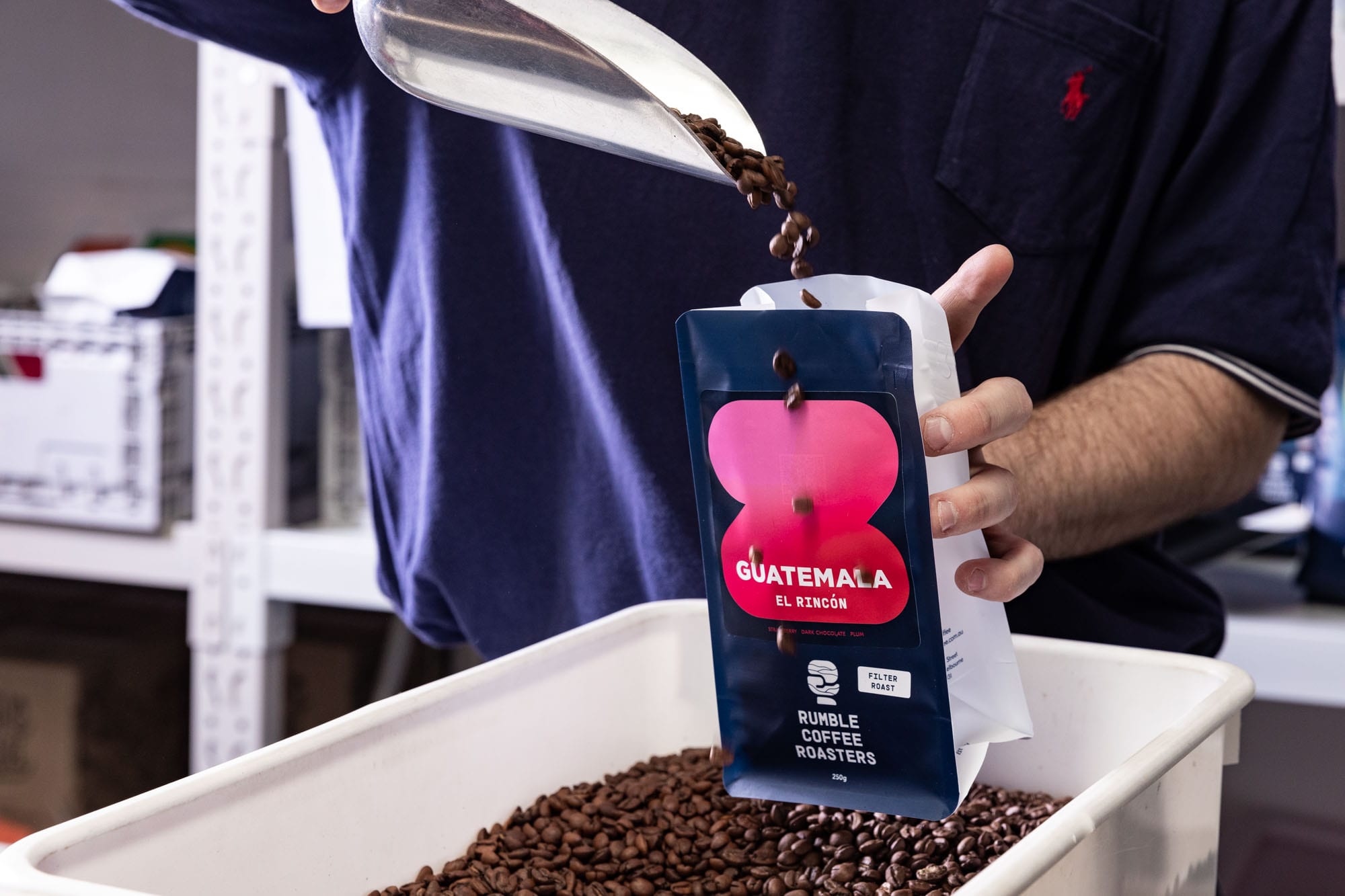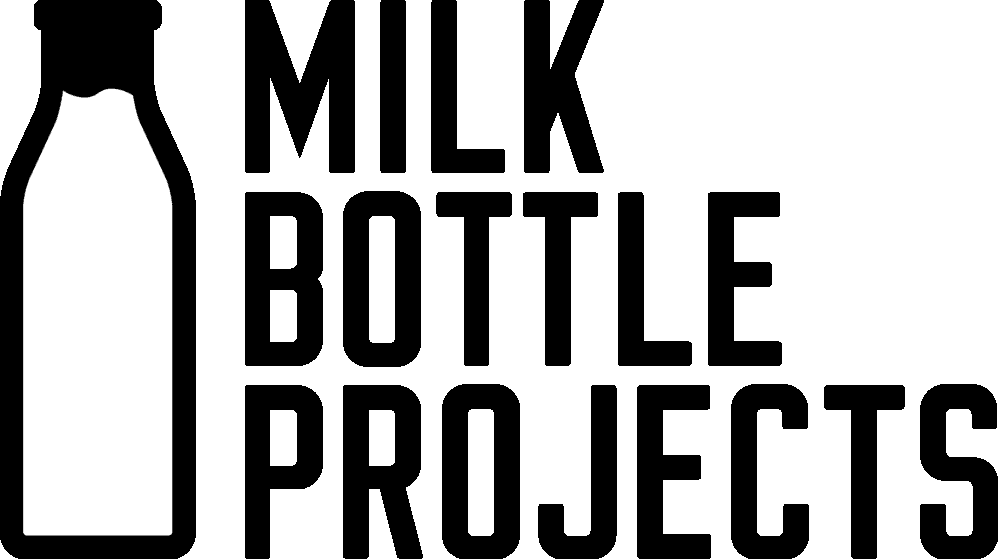WHAT MAKES A GOOD PR STORY
- Topics of Conversation + Marketing Advice
- May 21, 2021


Great PR pitches, stories and angles are fundamental to the success of a PR campaign. PR can exercise tremendous power in exposing your business to new audiences and can have a long-lasting impact on your brand’s reputation and public image. But to make headlines, your story must be well-planned, exciting and relevant to your targeted journalists and editors.
In this post, we break down what it takes to create a strong pitch that will grab media attention and define your unique business “point of difference.” Follow these tips, and you’ll be well on your way to crafting a newsworthy story that puts you one step ahead of your competitors.
Define Your Difference.
Your “point of difference” is the key to creating shock value and finding a unique angle for your pitch. A unique selling proposition, more commonly referred to as a USP, is the one thing that makes your business superior to your competition and this will make you stand out to editors and journalists within your field of business. For example, is your new brand disruptive to an established industry? Is the new product saving customers or companies money? Maybe you’re challenging a preconceived belief that many consumers have? Delve into how you can craft your USP to be a one-of-a-kind story.
To find your point of difference, start by considering who, what, when, where and why. These can include answering questions such as:
- Who is involved in the business? What is their backstory? Does their experience position your business as leaders in the industry?
- What does your business do that is unique in comparison to your direct competitors? Are these points difficult for others in your industry to copy? What values does your business stand for and how do you express them through your business?
- When did you start your business? Is this news current and relevant?
- Where are you located? What is missing in the area that your business seeks to fulfil?
- Why did you start your business? Why are you running this event? Is there a gap in the market that you are trying to fill?
TIMING IS EVERYTHING.
Public relations is all about the here and now. Correct timing and relevance are vital to the success of a PR campaign and helps to create a strong narrative – you want to fit your story into the bigger picture of what is happening at that time. If your story doesn’t contain ‘new information,’ it is important to base it around current events such as a new government or industry announcement to make your story timely and relevant.
A new opening, a new product launch or an exclusive event may be a cause for developing a PR strategy, but it’s vital to get these messages out well ahead of your scheduled opening or launch dates. If you wait too long, your story will be old news and is less likely to generate media interest. For example, if you’re launching a new venue, you should have a minimum 6-week lead time prior to opening. This leaves time to collect assets, prepare a press release and press kit for your campaign before contacting journalists. Journalists are busy and if you don’t give them sufficient notice, they will likely pass on covering your story. Vice versely, some publications have a minimum lead time for publishing their content – for example TV can have up to 9 months of lead time! This means you need to consider the timeliness of your pitch and where the opportunities are for being published.
THINK OF THE BIGGER PICTURE.
In the 21st century, more and more brands are serving as social movements to set new social, environmental or ethical standards for other businesses. Corporate social responsibility lends itself to good news stories and is a source of positive public relations, whether it be a new sustainability initiative, ethical standards or giving back to the local community. Consider what values are important to your business and what tangible CSR activities you could implement? Effective CSR can give your business a competitive edge and create long-term value by inspiring and instilling trust from your audience.
We’ve compiled some examples from our recent clients to show you how their innovation in ethical and sustainable practices creates a strong and compelling PR story.
- Glou Wine Dispensary
By using a reusable wine-on tap system, Glou is able to decrease their carbon footprint by reducing the weight of wines being transported by nearly half. Their approach to kegged wine has also allowed the team to bring the same quality wines to market at a far more affordable price point, bringing down the end cost to consumers by 30%. - Rumble Coffee
A key pillar of Rumble Coffee’s ‘Transparency Project’ is publishing real pricing data. In fact, Rumble was the first roaster in Australia to publish data for all their coffees. By sharing this information with the supply chain, consumers have an increased awareness of the cost of coffee production, helping even the smallest of operations fetch fairer prices for their products.
INCORPORATE QUOTES AND STATISTICS.
When crafting your PR story, consider what other elements you can offer the journalist to create a meaningful story and substantiate your claims. Include quotes from key members of the business and industry statistics to support your story, provide a broader context and enrich the ideas in the piece.
Here is an example to show how data and statistics can be used to provide a broader context in your piece, and give you the angle to hook the meda.
- Rumble Coffee
“If growers continue earning less than the cost of production, they’ll be forced to grow different crops. In fact, this is already happening in places like Colombia where, on average, farmers need to be paid around USD$1.76 per pound (AUD$5.45 per kilo), around 50% more than they receive now, in order for coffee production to offer the same income as they would for growing coca for cocaine production.”
BRING THE STORY TO LIFE THROUGH IMAGERY.
When you flick through a newspaper, what catches your eye? There’s no doubt that stories with great images are the ones that get your attention and this same principle applies when trying to achieve press coverage. Done properly, a set of well executed photographs adds clarity to your piece and helps visually convey your PR story.
When considering what images to use in your PR story, consider these three pillars: Place, People and Product.
- Place: Show the audience what your venue looks like.
- People: Photograph the people behind your business and capture the atmosphere of your venue by photographing the people that make your business what it is.
- Product: Capture your offering through imagery, whether it be your dishes or a product that you are selling.


NOW THAT YOU HAVE YOUR STORY.
Now that you have defined your PR story, you’ll want to know how to write a Press Release.
Check our blog post ‘How to Write A Press Release,’ for a step-to-step guide on writing the perfect press release.
If you want a journalist to cover your company or product, then you need to know who you’re approaching. Educate yourself about the journalists before you approach them with your pitch, and research previous articles to discover which subjects might interest them. Journalists are more likely to show interest when you show some knowledge of their previous work. To learn more about how to create an email database and how to write an email introducing a press release, check out our blog post here.
At Milk Bottle Projects, we are experts at crafting great PR stories that get media attention. If you have a new project, business or product that you would like the world to know about, contact us today to find out how we can help!

